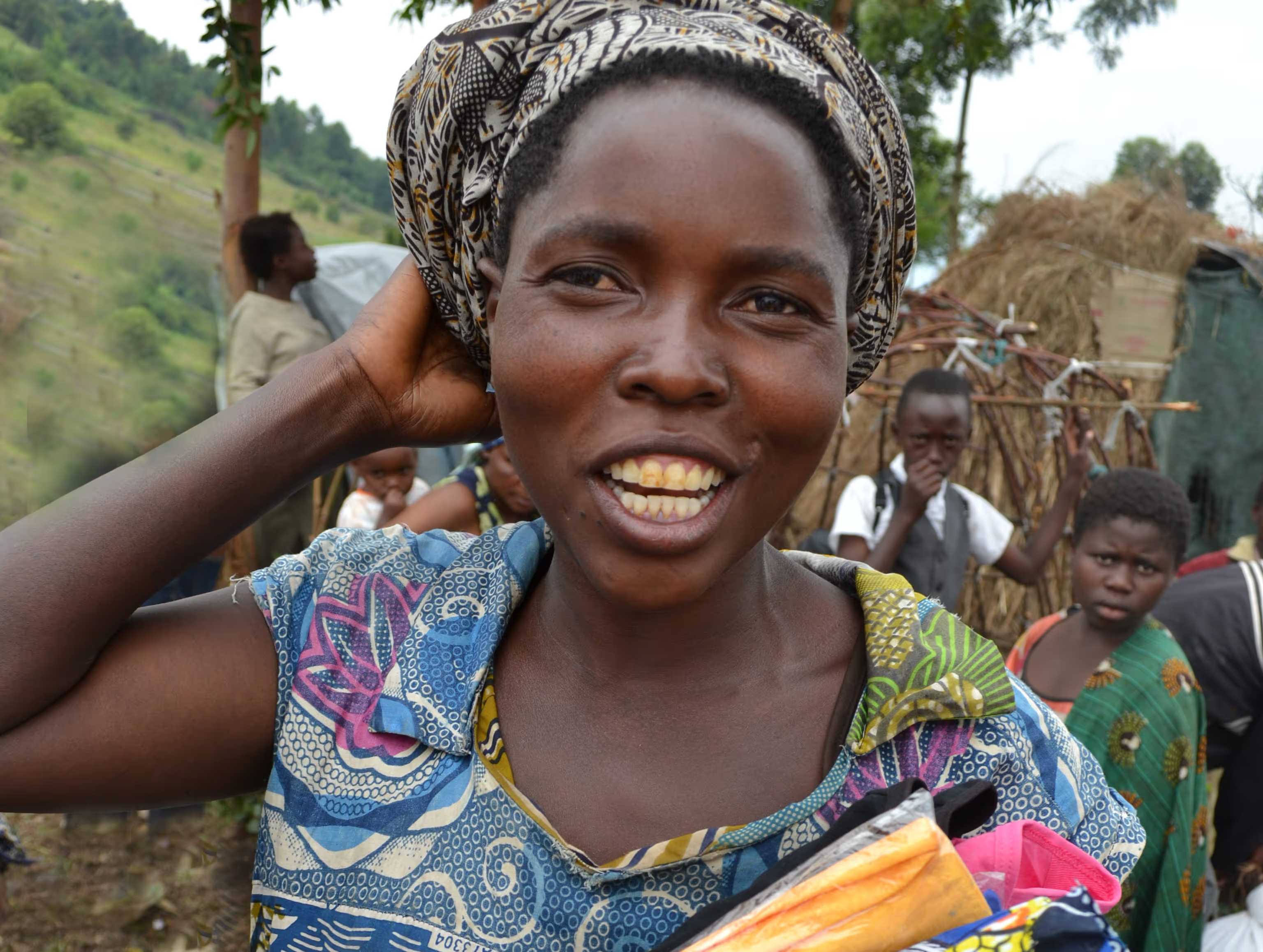Self-managed abortion: Barriers and opportunities in humanitarian settings

Project overview
This study explored the abortion experiences of displaced women and girls in Kakuma Refugee Camp (Kenya) and Bidibidi Refugee Settlement (Uganda), focusing on access to safe methods and the potential for self-managed abortion in humanitarian settings.
Project solution
This project offers [specific solution or intervention] to tackle [challenge]. By implementing [strategies, tools, or innovations], the project aims to achieve [desired outcomes]. The approach is designed to [specific actions or methods] to bring about meaningful change in [community, region, or issue area].
Expected outcomes
This project aims to achieve [specific outcomes], such as [measurable results, improvements, or changes]. The expected impact includes [benefits to the target community, advancements in research or innovation, or long-term effects]. By the end of the project, we anticipate [specific changes or milestones] that will contribute to [broader goals or objectives].
Principal Investigators: Ruvani Jayaweera, Ibis Reproductive Health and Tamara Fetters, Ipas
Research Snapshot: Improving access to safe abortion care in humanitarian settings
This mixed methods community-engaged study in two refugee camps in Kenya and Uganda found refugees and displaced people may use unsafe methods to end their pregnancies, while access to WHO-recommended methods of safe abortion is very limited.
[.cta_link]Read the Snapshot[.cta_link]
What did the study set out to achieve?
Access to safe abortion is recognised as a human right, yet it remains severely limited in many humanitarian settings. This study set out to understand how displaced women and girls in refugee camps in Kenya and Uganda experience abortion, with a focus on the availability and use of self-managed abortion methods. The research aimed to generate evidence to inform humanitarian programming and address the significant gaps in access to safe abortion care in crisis contexts.
What were the key findings?
The study revealed serious gaps in both the availability and awareness of World Health Organization (WHO)-recommended abortion methods in Kakuma Refugee Camp (Kenya) and Bidibidi Refugee Settlement (Uganda). Among the 1,201 women and girls surveyed:
- 84% used unsafe or non-recommended abortion methods, such as traditional herbs, misused pharmaceuticals, or toxic substances.
- Only 5% sought abortion care in formal health facilities, and just 1% could name misoprostol, a commonly used medication for safe abortion.
- The most common drivers for seeking abortion included economic hardship and lack of partner support.
- Complications were widespread, with many participants experiencing signs of infection or heavy bleeding but avoiding care due to fear of stigma or arrest.
- Of the 28 health facilities assessed, only two provided abortion services.
What does this mean for policymakers and practitioners?
These findings demonstrate that, despite the need for abortion services among displaced women and girls, there is a severe lack of access to WHO-recommended methods of abortion in humanitarian settings. Practitioners and policymakers should dedicate resources to training providers on the provision of safe abortion, as well as building trust and awareness of the availability of these services for those living in refugee contexts.
Increasing access and availability of WHO-recommended medication abortion methods (misoprostol alone or in combination with mifepristone), alongside programmes to increase knowledge and support for medication abortion, can expand the cadres of providers who can offer safe abortion care and support the use of self-managed medication abortion.
Initiatives to improve information and support for self-managed medication abortion should be implemented alongside efforts to strengthen facility-based abortion care. Humanitarian agencies and advocates should renew and strengthen efforts to make facility-based abortion care accessible, recognising that individuals not only deserve the right to have an abortion, but to decide where, how, and with what support their abortion takes place.
What impact has the study achieved?
This study contributes critical data and insight into the barriers displaced populations face when seeking abortion care, offering a foundation for person-centred interventions in humanitarian settings.
It has strengthened collaboration between global and local partners, including Ibis Reproductive Health, Ipas, APHRC, IRC and Resilience Action International, and was underpinned by a research partnership founded on respect, mutual accountability, making impact and shared power.
The research also explored innovative strategies to improve access to information and care, including the potential of hotline-based support.
Its findings highlight the need for renewed efforts by humanitarian agencies and advocates to make facility-based abortion care accessible, ensuring individuals can decide where, how and with what support their abortion takes place.
Project delivery & updates
Stay up to date with the latest developments from this project. Here, you will find details on what has been delivered, resources created, and regular updates as the project progresses. Access key documents, reports, and other materials to see how the project is making an impact.
Resources
Journal article
LEARN MOREResearch snapshot
LEARN MOREJournal article
LEARN MORE